The flag of Uzbekistan symbolizes the nation’s transition from historical depth to modern ambition. It reflects Uzbekistan’s cultural richness and the collective spirit of its people, marking a new era of resilience and progress.
Uzbekistan Flag
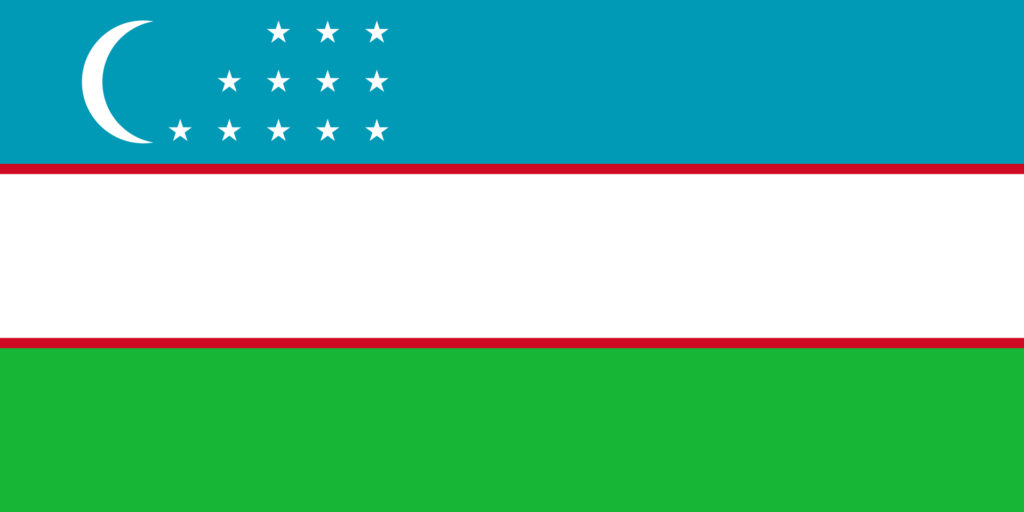
Uzbekistan’s flag consists of horizontal blue, white, and green stripes separated by thin red lines. It features a crescent moon and twelve stars at the hoist side. This design reflects Uzbekistan’s heritage, aspirations, and commitment to progress, adopted after gaining independence.
Uzbekistan Flag: Color Palette
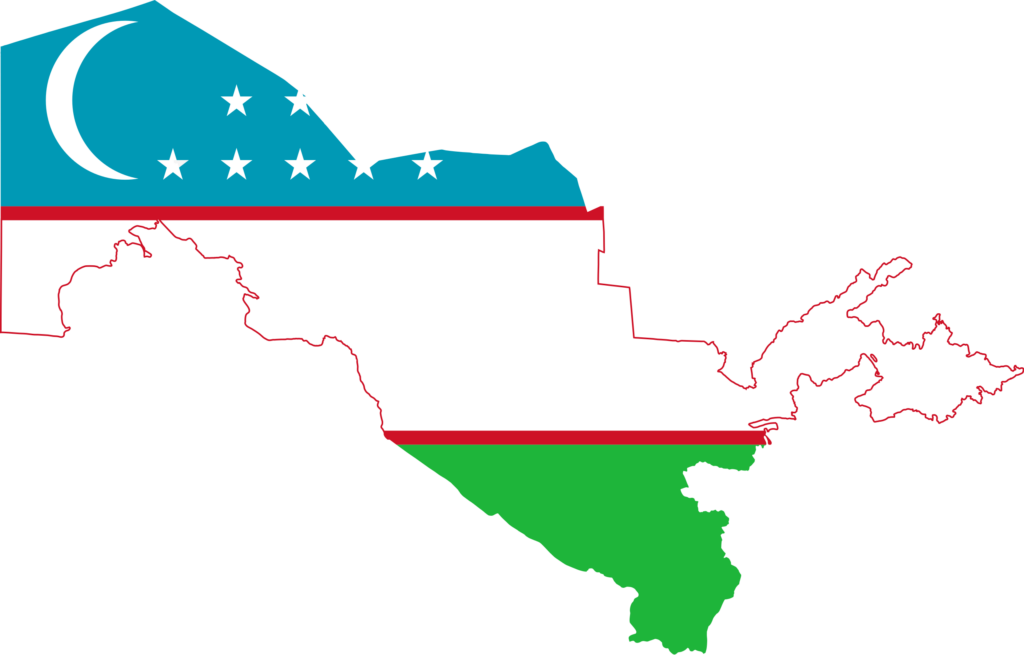
Uzbekistan Flag Emoji: 🇺🇿
The color palette of Uzbekistan’s flag is a harmonious blend of hues, each selected for its deep symbolic value and cultural significance. This thoughtful choice of colors creates a visual narrative that intertwines Uzbekistan’s rich history with its vibrant present and hopeful future.
Each color within the palette holds a unique story, waiting to be explored in the context of Uzbekistan’s national identity.
Meaning of Each Color
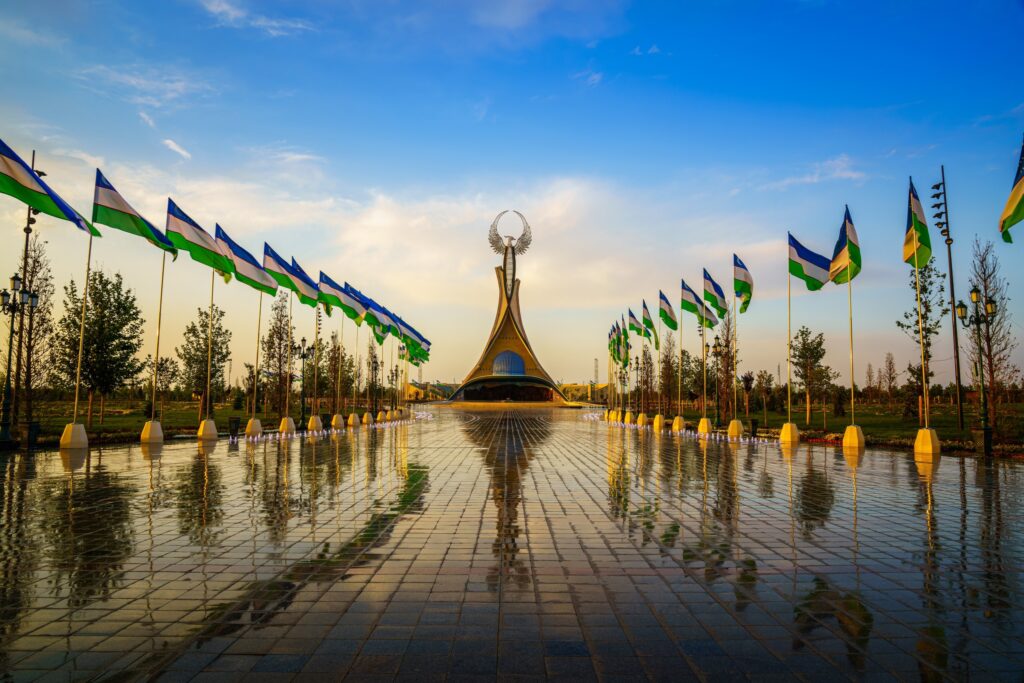
Blue
Historically, blue symbolizes the sky and clear water, essential for life and prosperity. In Uzbekistan’s flag, blue also reflects the nation’s Turkic heritage, representing the bond with other Turkic peoples and the vast skies and waters that have nurtured its land and culture.
White
White signifies peace and good luck in Uzbek culture. This color in the flag embodies Uzbekistan’s aspirations for harmony and prosperity, reflecting a traditional sentiment that resonates across the nation.
Green
Green in the flag symbolizes nature, new life, and good harvest. It represents Uzbekistan’s agricultural richness and deep connection to the earth and natural growth. Green is a nod to the nation’s agrarian roots and the hope for continual renewal and prosperity.
Red
The red stripes in the flag symbolize the life force and vitality of the Uzbek people. It represents the dynamic and resilient spirit that has driven the nation’s history and continues to fuel its progress.
Uzbekistan Coat of Arms
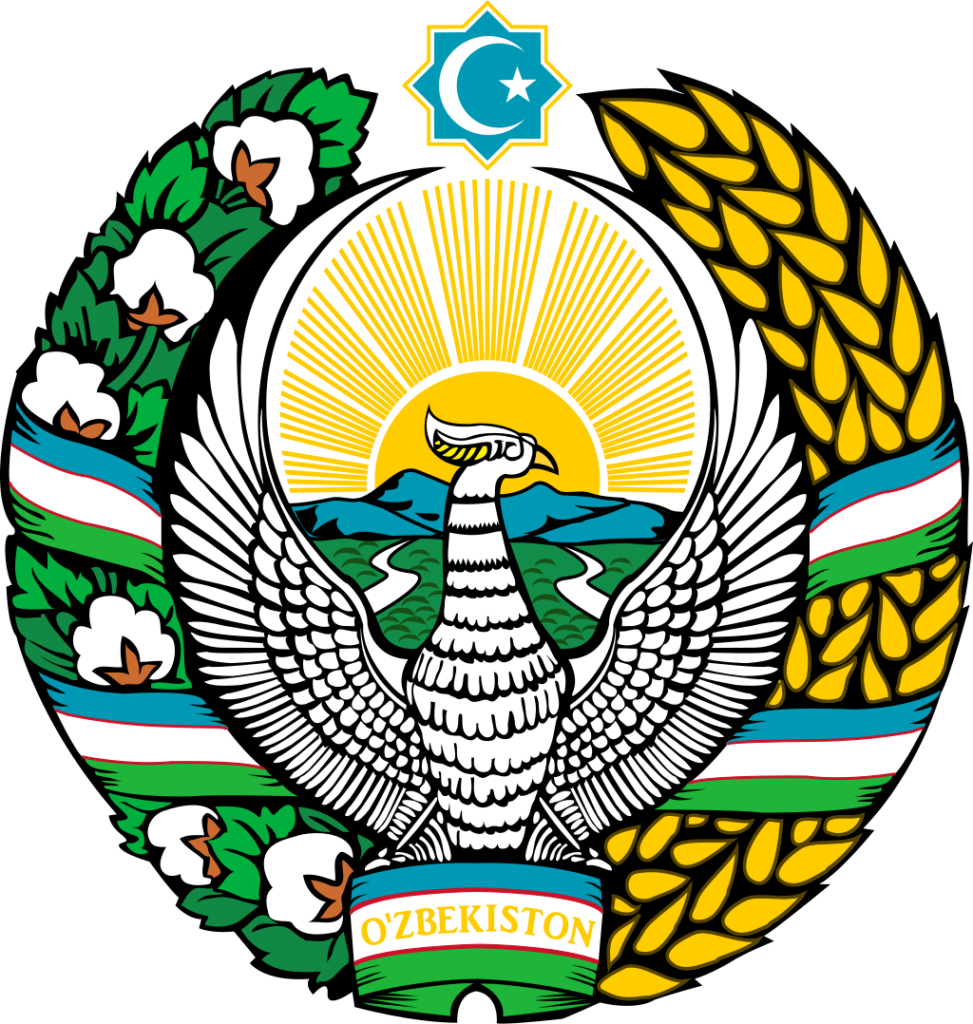
The coat of arms of Uzbekistan embodies the essence of the nation’s wealth, cultural diversity, and unity and encapsulates elements of Uzbekistan’s history, geography, and economic strengths. The inclusion of cotton and wheat symbolizes the country’s agricultural heritage and economic prosperity.
The legendary Huma bird represents happiness, freedom, and peace. The sun, mountains, and rivers depicted on the emblem highlight the natural beauty and resources of Uzbekistan, while the Islamic symbols of the crescent and star affirm the spiritual and cultural identity of its people.
Collectively, the coat of arms serves as a testament to Uzbekistan’s rich legacy and its commitment to harmony and progress among its diverse population.
Historical Evolution and the Meaning Behind Changes
The flag of Uzbekistan, as we see it today, was adopted in 1991, marking a significant shift in the nation after its independence from the Soviet Union. Before this, Uzbekistan, as part of the Soviet Union, used a red flag featuring Soviet symbols like the hammer and sickle. This reflected the Soviet influence and communist ideology.
The transition to the current flag represented a crucial moment in Uzbekistan’s history, signifying a break from Soviet rule and a reclamation of its national character. The new flag’s design and colors were chosen to honor Uzbekistan’s historical, cultural, and natural heritage and its newfound independence.
The introduction of blue, white, green, and red symbolized a blend of traditional values and the desire for a modern, independent state. This change was a redesign of a national symbol and a declaration of Uzbekistan’s autonomy on the world stage.
Overall Symbolic Meaning of the Flag
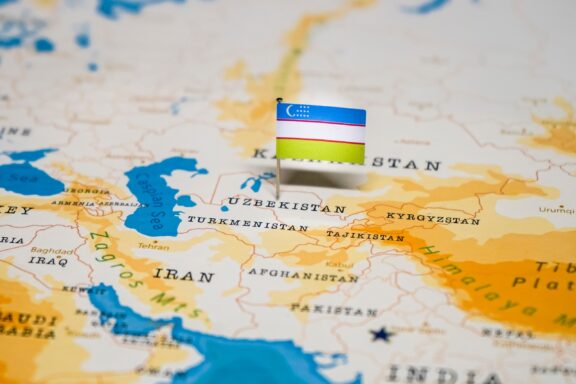
The flag of Uzbekistan serves as a profound emblem of the nation’s identity, encapsulating its transformation from a rich historical past to a forward-looking and independent state.
It symbolizes a confluence of tradition and modernity, reflecting the resilience and aspirations of the Uzbek people. This flag, more than a mere national symbol, represents a nation’s collective spirit and enduring strength that cherishes its heritage while embracing the possibilities of a promising future.
Similar Flags to the Flag of Uzbekistan
Exploring the landscape of world flags reveals intriguing similarities. Here are the top flags that bear a resemblance to Uzbekistan’s, highlighting shared colors and symbolism.
Azerbaijan
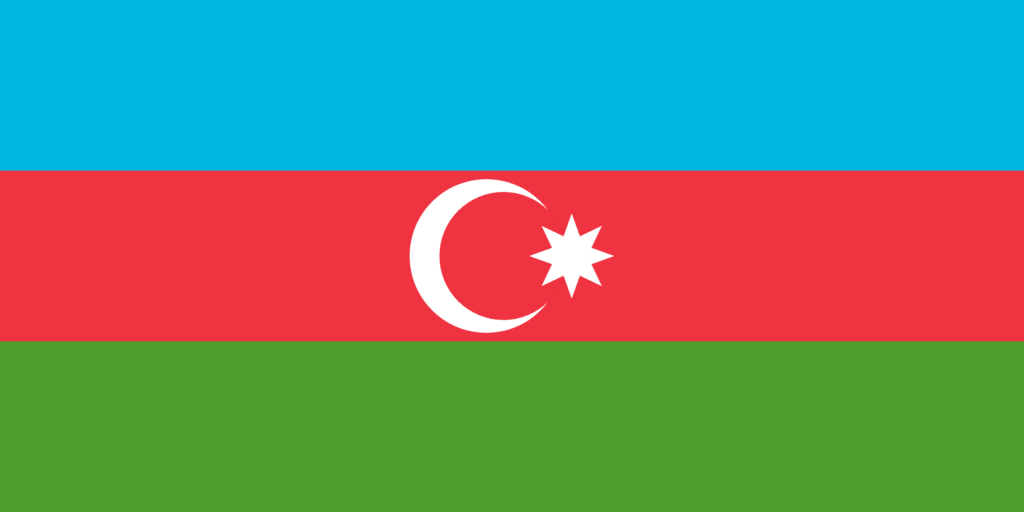
The flag of Azerbaijan resembles Uzbekistan’s flag through its use of a blue stripe. This similarity is rooted in the shared Turkic heritage of both nations, with the blue color often symbolizing Turkic culture and identity.
Djibouti
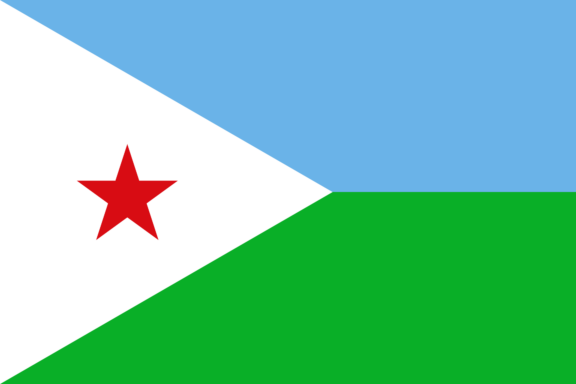
Djibouti’s flag features a light blue field akin to the blue stripe in Uzbekistan’s flag. While the symbolic meanings of each flag may differ, light blue creates a visual link, often representing peace and harmony in flag symbolism.
Sierra Leone
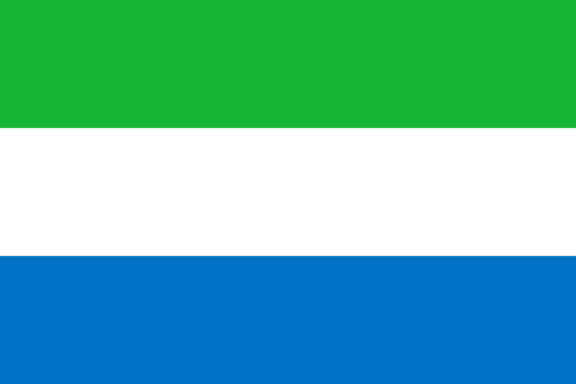
The flag of Sierra Leone includes green and white, colors also present in Uzbekistan’s flag. Despite the different arrangements and symbolic meanings, the commonality in the color scheme creates a resemblance, reflecting universal themes of nature, purity, and peace often found in national flags.
Conclusion
The flag of Uzbekistan stands as a symbol of national pride and unity, reflecting the country’s rich heritage and aspirations. It holds a unique place among global flags, representing Uzbekistan’s distinct identity and the collective spirit of its citizens.
Image Sources and Copyright Information
- Independence Monument and Flags in Tashkent: © Eugene_Photo/Shutterstock
- Pin on Uzbekistan in World Map: © hyotographics/Shutterstock